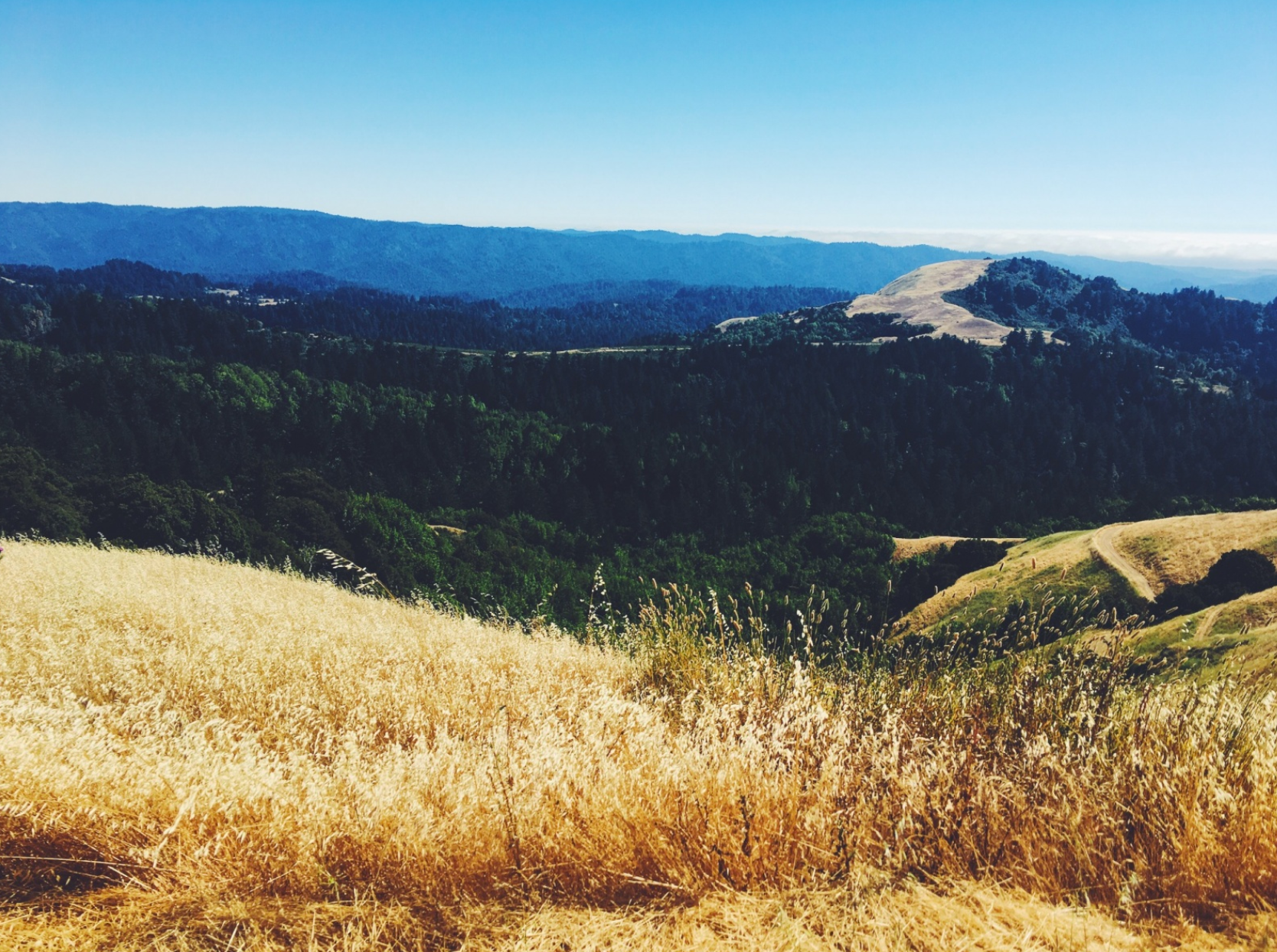I have always had a fear of losing memories. Generally, this manifests itself in journaling – a way for me to combine my love of writing with my anxiety around forgetting precious moments in my life, all in one messy jumble of thoughts, quotes, and people from my days. But I also have a secret love of photographs. The idea that an entire experience can be contained in a single image is beautiful to me.
I took a camping trip with a close friend this past summer, and I recently returned to a photograph of our tent nestled between a grove of pine trees. Immediately, the cool forest air was in my nostrils, the crunch of leaves in my ears, the smooth wood of the log seats on my hands. I don’t mean to say that this visceral return to a specific moment in time cannot be achieved through writing, but I think our photographs carry a special sort of nostalgia that tugs us back to who we were when the picture was taken.
When I relayed this secret obsession with photography to a friend awhile ago, she told me to get an Instagram. Instagram, she told me, would allow me to share my life with my friends, capturing the moments that were most important to me and letting others see them as well.
While I understood what she was trying to say, when I got an Instagram, I soon realized it was not for me, and ultimately deleted my account. I liked seeing my friends’ photos, but I felt too much pressure to conform to the Instagram-norm of perfectly tailored pictures and carefully selected captions. The social aspect of Instagram also stressed me out – all of my close friends had extremely high numbers of followers and pages they were following, and I was used to hearing their complaints when a picture didn’t get as many likes as they’d hoped.
I’m not trying to completely undermine Instagram’s merits. I understand that it’s a very successful social media platform, and I respect friends who enjoy using it. But something about it didn’t really click with me and the way that I interact with the world. Soon after my failed attempt to use Instagram, however, and right before I began my freshman year of college, I came across VSCO.

Somewhat similar to Instagram, VSCO is a photography app that allows users to upload and edit pictures. However, VSCO has virtually none of the social media elements that Instagram boasts. While you can follow another user’s account, there’s no way to see how many followers others have or to like or comment on another user’s photographs. Because of this, it’s a much less interactive interface than Instagram.
For me, however, VSCO became the perfect catharsis at the end of a long day. If I hadn’t uploaded pictures in awhile, I’d snuggle up in bed and upload some photographs from past adventures. There was something so satisfying about listening to good music, flipping through fun memories on my phone, and adding cool filters and lighting to places and people I love. For someone who fears losing memories, VSCO became the perfect way to create a visual diary of the great times I’d had throughout my first year at school.
I didn’t feel any of the pressure I had on Instagram to pick perfectly curated pictures that I thought my friends would enjoy or that fit the Instagram standards of editing perfection. Editing and posting on VSCO felt much more like a personal process that allowed me to reflect on what moments in my recent history had been important to me. And for somebody who loves keeping journals, VSCO became a wonderful alternative to a written journal during the year when I didn’t always have the time or energy to sit down and write.
But despite my enthusiasm for VSCO, Instagram remains vastly more popular. When I talked to a classmate at Stanford about this, she explained that for her, Instagram simply felt better for our age group – a simpler, easier way to interact with friends than platforms like Facebook, while still allowing individuals to message each other and talk directly.
This difference between VSCO and Instagram is mainly one of function: one of Instagram’s main purposes is to allow for connection between users. VSCO has ways to foster collaboration – you can add other people’s images to your “collection” and thus share photos between users. However, its main focus, from my understanding, is more one of individual creation.
Don’t get me wrong – there’s definitely something powerful about this creation, and VSCO has a main feed in which it reposts various photographs from VSCO users across the world, creating a beautiful collage of individual worlds coming together. But when it comes to a platform that easily facilitates connection with people you already know, Instagram is a much better option.

When individuals my age meet for the first time, a common method of connection is to collect each other’s social media accounts. Instagram usually makes this cut, while VSCO never does. Given that my generation is a huge percentage of the current population of social media users, and knowing how much my peers and I value social connectivity, I doubt that VSCO will ever achieve the same level of popularity as Instagram unless they vastly change their interface (which, in my opinion, would remove a lot of the merits unique to VSCO).
However, I think VSCO still has the potential to serve as a powerful alternative to Instagram as a photo-sharing app without some of the perceived pressure that comes with curating a highly social online presence. And while there are ways to use Instagram without being overwhelmed by the social aspects of the platform, VSCO’s more understated presence in each user’s life reminds us that collaboration and creation can take many different forms.
Contact Julie Plummer at jplummer ‘at’ stanford.edu.
